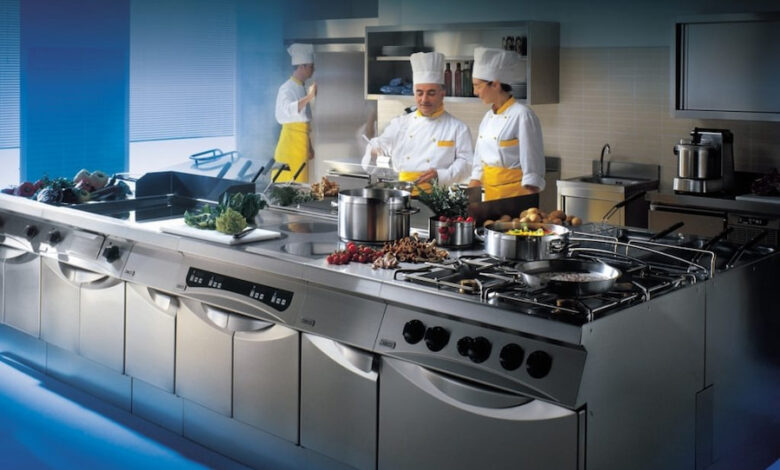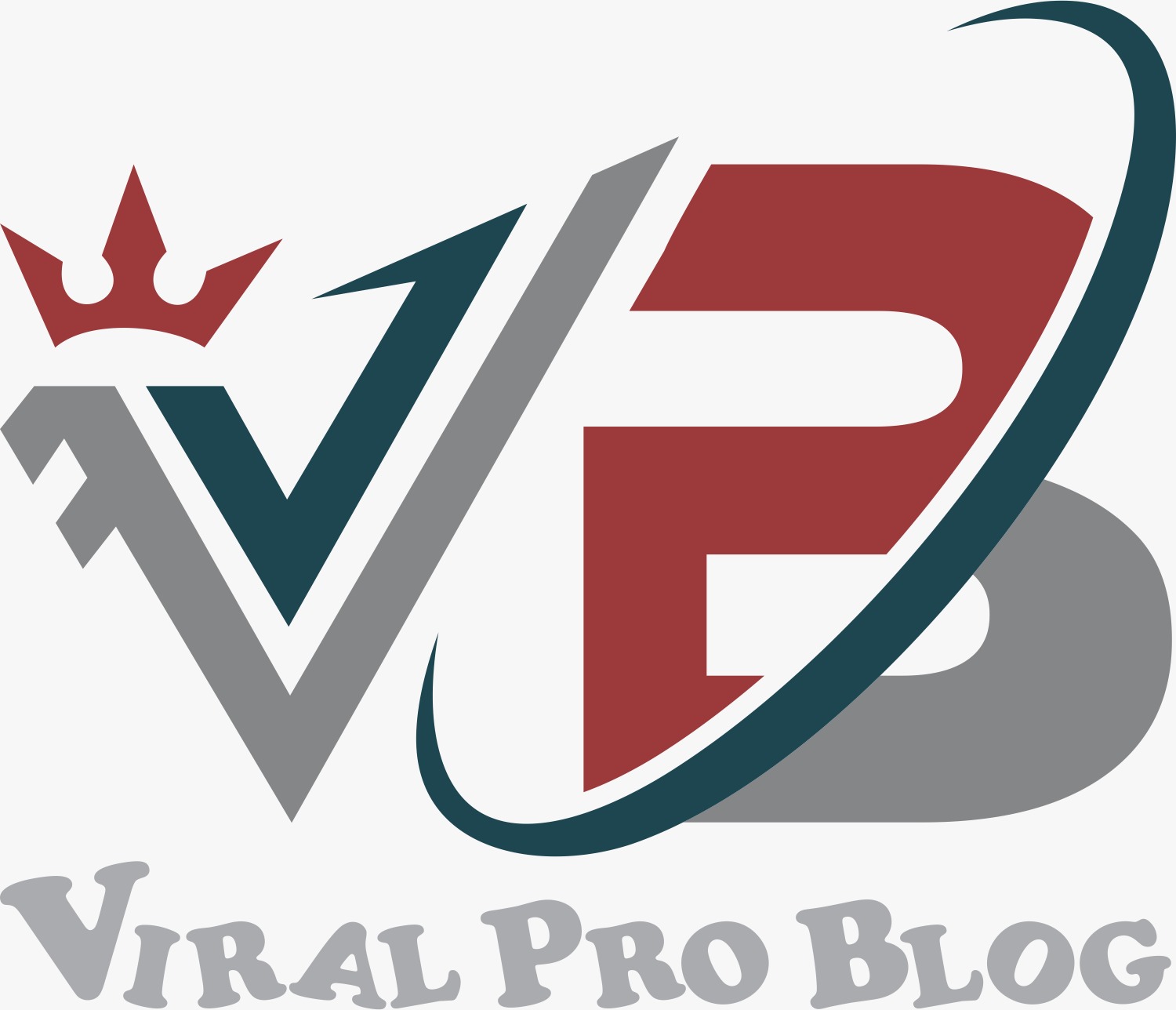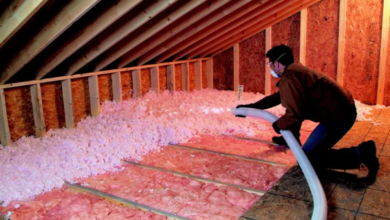8 Useful Ways to Save Money on Catering Equipment

Running a successful catering business requires not only culinary expertise but also efficient management of resources, especially when it comes to equipment. Catering equipment can be a substantial investment, but there are smart ways to save money without compromising on quality. One such approach is considering reconditioned catering equipment. This article presents eight effective strategies to help you cut costs without compromising on quality.
Understanding Reconditioned Catering Equipment
Reconditioned catering equipment refers to pre-owned items that have undergone thorough inspection, repair, and refurbishment to bring them back to working condition. These pieces are often sourced from restaurants, hotels, or catering businesses that have upgraded their equipment. Opting for reconditioned equipment can significantly lower your upfront costs while still providing reliable tools for your culinary endeavours.
1. Prioritize Essential Equipment
Prioritising essential equipment is a fundamental strategy for catering businesses looking to streamline their expenses while maintaining operational efficiency. In a dynamic and fast-paced industry, it’s crucial to distinguish between must-have items and those that might merely be alluring but offer little value to the overall functioning of the business. Catering businesses often encompass a wide range of services, from event catering to corporate lunches, each with its unique set of demands. Thus, identifying the equipment that directly contributes to the core services you offer is paramount.
2. Buy Used Equipment
Purchasing brand-new catering equipment can be costly. Many commercial kitchens frequently upgrade their equipment, making it possible to find pre-owned items that are well-maintained and fully functional. Buying used equipment can significantly cut costs while providing you with reliable tools for your catering needs.
The value provided by previously owned things that have been well-maintained and functional should not be undervalued, despite the unmistakable draw of brand-new equipment.
- Cost saving without compromise
- Access to high-quality brand
- Established reliability
- Freedom to experiment
3. Explore Leasing Options
Leasing equipment is an alternative to outright purchase, especially when dealing with high-cost items like industrial ovens or refrigeration units. Leasing enables you to obtain the necessary equipment without making a significant initial investment. Additionally, leasing agreements often include maintenance and repair services, which can further reduce your operational costs.
4. Compare Prices and Suppliers
In the dynamic world of the catering business, where profitability is a delicate balance between costs and quality, the practice of comparing prices and suppliers is a cornerstone of informed decision-making. The process not only empowers catering professionals to make cost-effective choices but also ensures that the quality and value of the purchased equipment align with the business’s needs and goals.
5. Consider Bulk Purchases
When buying catering equipment, consider purchasing in bulk for items that you’ll need multiples of, such as utensils, dishes, and glassware. Suppliers often offer discounts for bulk orders, which can lead to significant savings in the long run. Just be sure to assess your actual needs to avoid unnecessary overstock.
6. Optimize Energy Efficiency
Energy costs can be a substantial portion of your catering operation’s expenses. When choosing equipment, prioritise energy-efficient models that may have a higher initial cost but offer savings over time through reduced energy consumption. Energy-efficient appliances can lead to a substantial decrease in your monthly utility bills.
7. Maintain and Repair
It is important to regularly maintain and promptly repair your catering equipment in order to extend its lifespan. Failure to properly maintain your equipment can result in expensive breakdowns and replacements. Create a maintenance schedule for your equipment and address any issues as soon as they arise. Simple practices like cleaning and proper storage can go a long way in preventing premature equipment failures.
8. Invest in Multi-Functional Equipment
Space in a catering kitchen is often limited, so making the most of the available room is crucial. Invest in multi-functional equipment that can perform various tasks. For example, a convection oven that can bake, roast, and broil can eliminate the need for separate appliances, saving both space and money. Additionally, multi-functional equipment often requires less maintenance and can lead to lower operating costs.
Remember that every catering operation is unique, so it’s essential to assess your specific needs and tailor these strategies accordingly. With careful planning and consideration, you can strike the right balance between cost-effectiveness and delivering a top-notch catering experience. By implementing these useful ways to save money on catering equipment, you’ll be well on your way to building a thriving catering business that stands the test of time.
Conclusion
Managing costs is a critical aspect of running a successful catering business, and catering equipment expenses are no exception. By prioritising essential equipment, considering used or leased options, comparing prices, buying in bulk, optimising energy efficiency, practising maintenance and repairs, and investing in multi-functional tools, catering businesses can significantly reduce their equipment expenses without compromising the quality of their service. These strategies not only help save money but also contribute to the overall efficiency and sustainability of the business.





